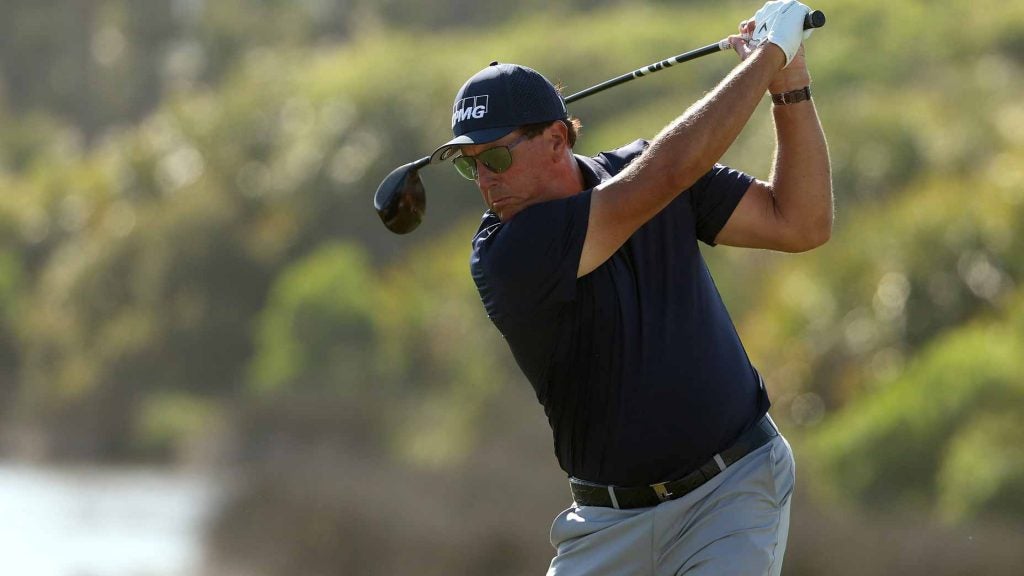It’s gained widespread acceptance at this point, but it’s important, so why not re-emphasize the point: If you’re trying to shave shots off your handicap, the fastest and best way is to hit the ball longer.
There are lots of ways you can gain distance: From building up strength to altering your technique, to simply swinging faster. And then, of course, you could simply use a longer driver. But if you go that route, beware. Your center contact may not be quite as good, and your misses need to stay in play for a longer driver to be worth your while.
As the Titleist Performance Institute’s two co-founders, GOLF Top 100 Teacher Dave Phillips and Dr. Greg Rose, explain.
Mis-hits are fine…as long as you keep them in play
The golden rule is that longer is better, as long as you leave your misses in a spot where you can have a reasonable chance of hitting the green in regulation on the next shot.
“Nothing matters more than speed,” Dr. Rose, co-founder of the TPI, says, “unless you lose greens in regulation.”
What does that mean exactly? Dr. Rose expanded his thoughts:
“If you go [with a longer driver] and have more speed, but the contact isn’t as centered, can you still get on the green in regulation? If it goes so sideways where they can’t, then you can’t do that. But if you’re no longer in the fairway but you’re in the rough and can still get to the green, then go longer all day long. The data shows you’ll play better.”
That’s when GOLF Top 100 Teacher Dave Phillips stepped in with some good advice for the rest of us.
“I would always go with a shorter length driver if it meant more center hits,” he says.
Dr. Rose agrees: “For a less-skilled amateur golfer, shorter and center hits all day long, because when they miss, they’re going to miss a green in regulation. It all goes down to greens in regulation.”
Watch the full video right here:

